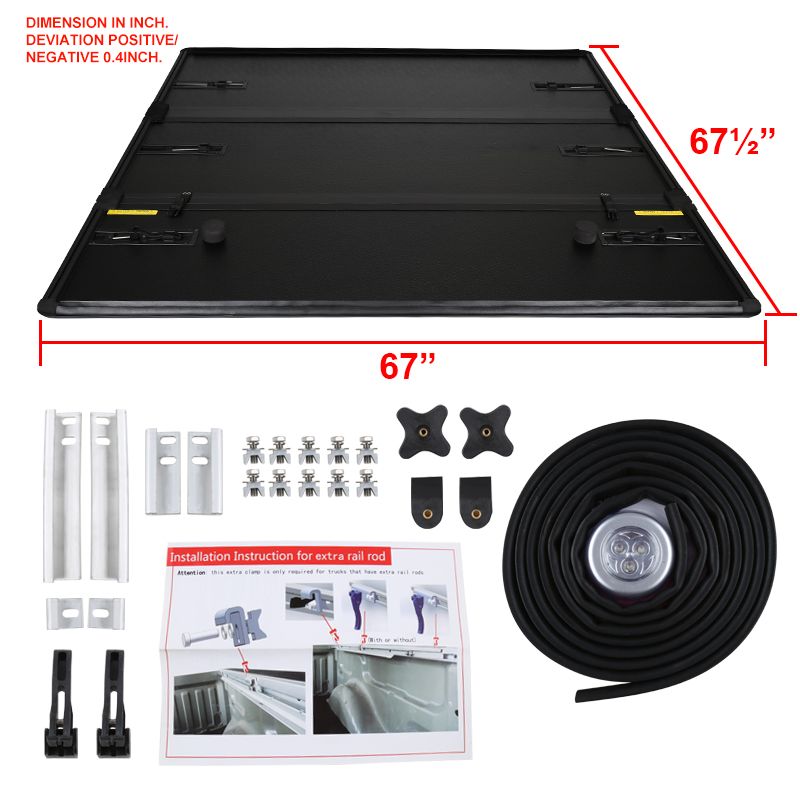- Gharonda Mp 3 1977 Toyota
- Gharonda Mp 3 1977 Toyota Celica
- Gharonda Mp 3 1977 Toyota Land Cruiser
- Gharonda Mp 3 1977 Toyota Fj40
Gharonda Mp 3 1977 Toyota
The new Toyota adopted the Head Office of the former Toyota Motor Co., Ltd. in Toyota City as its Head Office. The Head Office of the former Toyota Motor Sales Co., Ltd. in Nagoya became the Nagoya branch and the Tokyo building completed in February 1982 in Tokyo's Bunkyo Ward became the Tokyo branch.
(14) 14 product ratings - JDM TOYOTA 5VZ V6 ENGINE 3.4L 1995-2002 4RUNNER T100 TACOMA 5VZ-FE MOTOR. JDM 1989-1992 Toyota Cressida Supra 7MGTE Engine Automatic Transmission V6 7MGT. 5 out of 5 stars (2) 2 product ratings - JDM 1989-1992 Toyota Cressida Supra 7MGTE Engine Automatic Transmission V6 7MGT. The seller of today's Nice Price or Crack Pipe Corolla describes the car as a Hotrod econobox which is an interesting confluence of possible attributes. You'll need.
The structuring of new systems was carried out with an awareness of the need to speed up decision-making and improve operational efficiency so as to reap the benefits of the merger as soon as possible. Chairman Toyoda focused logistics as one area that promised to benefit from the merger and ordered the establishment of a new Logistics and Control Group.
Taking such into account, the new Toyota adopted for its inception an organizational structure consisting of eight functional groups: Honsha Staff and Line Group, Purchasing and External Procurement Group, Japan Sales Business Group, Overseas Operations Group, Technology & Production Engineering Group, Logistics and Control Group, Production Group, and administration offices and other facilities. Meanwhile, the 26 divisions and departments that had been shared between Toyota Motor Co., Ltd. and Toyota Motor Sales Co., Ltd., including the Secretarial Department, Personnel Division, and General Administration Division, were consolidated into 18, and, including the Customer Relations Division and Property Control Division, the new system encompassed a total of 148 divisions and 595 sections.
The new Customer Relations Division created a single contact point for customer inquiries and complaints, which had previously been dealt with by individual divisions. At the same time steps were taken to put in place a system of customer response at domestic dealers and overseas distributors. An additional aim was to follow the 'Customer First' principle that had been declared management policy after the merger by collecting and analyzing customer comments and using the findings to make better vehicles, thereby maintaining and expanding Toyota's loyal customer base.

In June 1982, immediately before the creation of the new Toyota, a ballot of labor union members was held on the unification of the labor union organizations that had been separated in 1970. As a result, on September 1, the labor union was also reunified. Significantly, 1982 marked the 20th anniversary of the conclusion in 1962 of the Joint Declaration of Labor and Management. In March, ahead of the merger, the to-become company and unions marked their forthcoming fresh start as Toyota Motor Corporation by pledging to further deepen the ties of trust between labor and management, to join hands to overcome difficulties, and to devote constant efforts to achieving long-term prosperity as a truly global enterprise and guaranteeing a stable livelihood for employees. Moreover, at the signing ceremony of the new labor management agreement on September 6, President Toyoda and Labor Union Chairman Saburo Suzuka reaffirmed the basic principles of the Joint Declaration of Labor and Management.

On September 27, the 78th ordinary general shareholders meeting, the first since the merger, was held, and approval was obtained for reporting items relating to the merger. The following day, the registration of the merger was completed, bringing all related procedures to a conclusion.
Gharonda Mp 3 1977 Toyota Celica

Gharonda Mp 3 1977 Toyota Land Cruiser
Eight new directors and one new corporate officer were nominated at the general shareholders meeting, and the subsequent Board of Directors meeting saw the launch of the new management system consisting of a chairman, vice chairman, president, and, serving below them, three executive vice presidents, seven senior managing officers, nine managing officers, 26 directors, and five corporate auditors. Under this new system, a range of executive meetings provided a framework for promoting interaction between executives across all areas from technology to production and sales, realizing progress toward the faster decision-making, effective use of human resources, and efficient utilization of economic resources, which were the objectives of the merger.

Gharonda Mp 3 1977 Toyota Fj40
The merger was also the occasion for adjustment of employment conditions. Although the two companies had in principle offered identical employment conditions, differences had arisen regarding various allowances. To remedy the situation, at the Tokyo branch, which had been formed by the amalgamation of branches of both the former Toyota Motor Co., Ltd. and Toyota Motor Sales Co., Ltd., a committee with representatives from both sides was set up in advance of the merger to make adjustments and create uniform practice in all areas from working hours to canteen arrangements and female staff uniforms.

